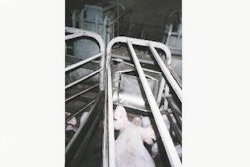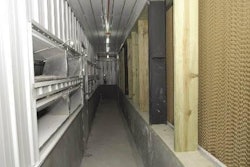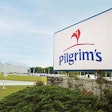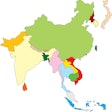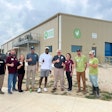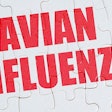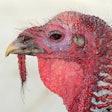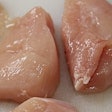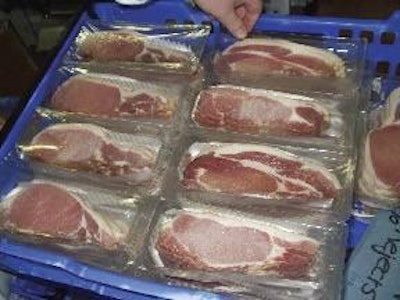
A new computerised pig grading information system has been launched officially in Northern Ireland. At the launch, it was described as providing a clear view of the quality of pig carcases required by the processor so that producers could make the necessary management adjustments to meet market demands.
In Northern Ireland as elsewhere, the processing plant has supplied weight and fat details about individual carcases to the producer together with a summary of average measurements for the batch. However, there has been no easy way to compare changes in carcase quality over time or to rate the unit's performance against that of others.
One feature of the new system called PiGIS is that kill data relating to weight, grade and condemnations are uploaded directly and automatically from all pig processing plants in Northern Ireland to the online central benchmarking database. This information can be accessed in ‘real time' by registered producers from their home computer via the internet. Each producer has an individual identity and password enabling access to the data for his enterprise. PiGIS has been developed by a specialist AFBI team and incorporates a back-end SQL Server database and Microsoft .NET web technology. Following extensive testing and incorporation of user feedback, it is easy to use and flexible with self-explanatory analysis and reports.
Apart from the real-time analysis of individual producer data there is a ranking of production units according to carcase quality in terms of weight and fat depth. The program also benchmarks individual producers against the top performers over a specified date range.
Typically, a PiGIS report for a batch of carcases shows the range in fat probe measurements over a specified period of time. A bar chart sets out the percentage of pigs for each fat depth. More details are listed with the chart, such as for average probe measurement and the proportion of animals at each carcase weight.
On-farm changes which influence financial returns through grade and weight can also be identified. For example, it is easy and quick to identify the effect of altering nutrition, slaughter weight or genetics by comparing carcases from one time-period against another. From this, the optimum slaughter weight to avoid penalties can be identified.
More especially, the program has a Golden Box feature showing the percentage of pigs securing a bonus payment by falling within the ideal weight and fat depth range for a specified factory. This facility quantifies the number of carcases meeting the factory's most stringent specifications. Therefore it can be used to determine the benefits of farm changes on the proportion of Golden Box pigs.
Benchmarking through the program gives Northern Ireland finishing units the chance to compare the quality of their carcases with those of other producers over any period of time. They can assess the weight, grade or proportion of Golden Box pigs with any proportion of the top units in the industry. By using either weight or grade, it is easy to see immediately how carcase quality results compare and whether any remedial action is needed. Similarly, marketing groups have the means of comparing the output from an individual member with all pigs marketed by the group.
A local version of the program is available for processors to benchmark the carcase quality of pigs slaughtered in their plant. The factory can rank its suppliers by weight, grade or level of condemnations. PiGIS also assists the processor to match pigs supplied by a particular unit to the needs of a certain customer, so targeting carcases for specific market outlets.
Industry analysis also becomes possible. The developers refer to an assessment of population parameters for the national supply in Northern Ireland, in which changes in carcase weight or grade over time for large numbers of pigs are being analysed and the conclusions relayed to the producers. PIGI
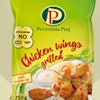


.jpg?auto=format%2Ccompress&fit=crop&h=167&q=70&w=250)
